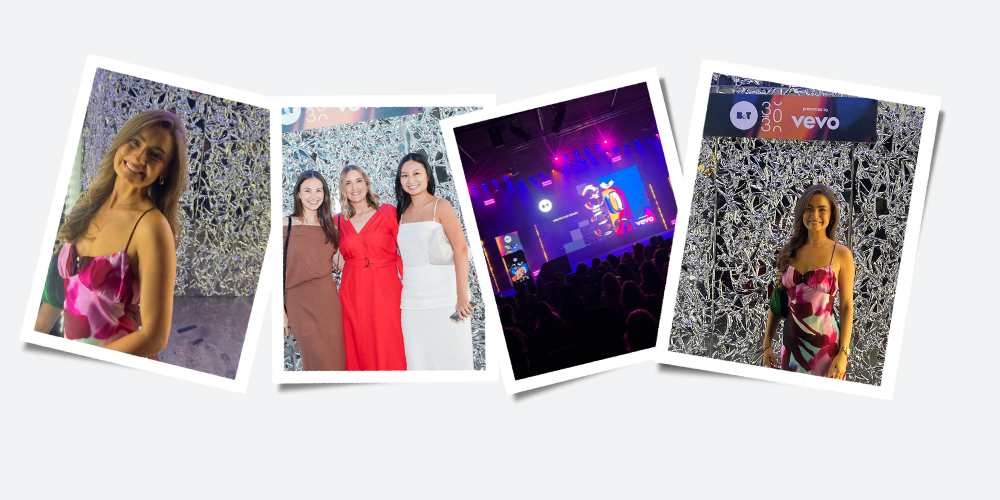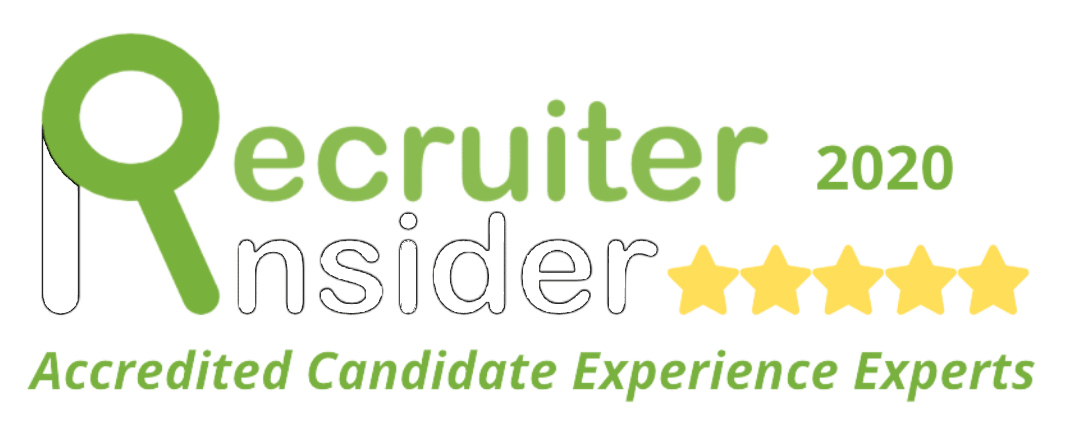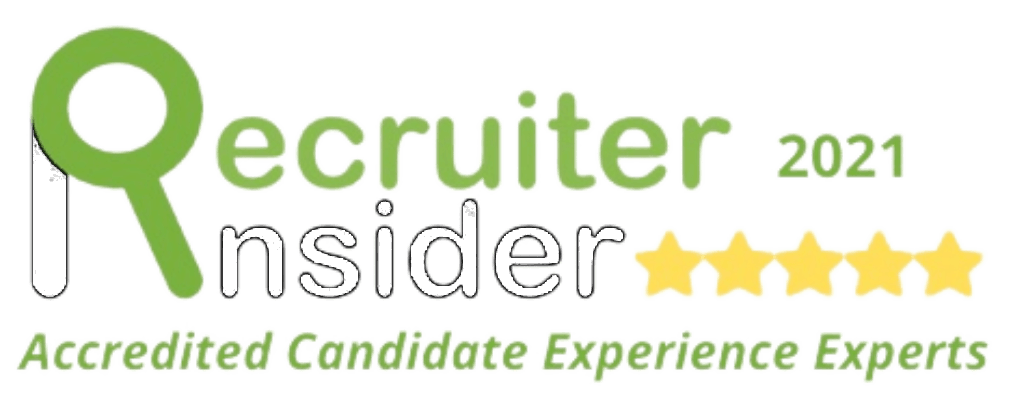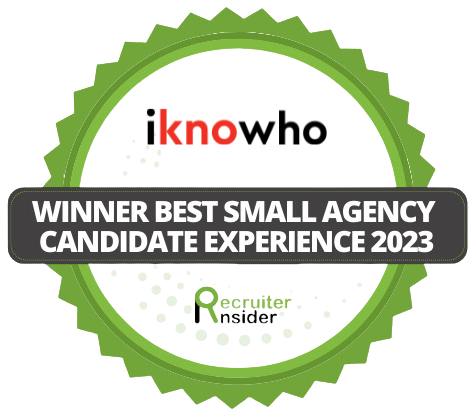How to write a resume that stands out (and gets you the job!)
Lots of people hate writing their resumes – some of us included, and we're experienced recruiters!
So why do we find writing a resume so daunting?
There are a number of reasons. For a lot of us we simply put too much pressure on ourselves to write the perfect resume, and then start overthinking that if it isn’t quite perfect enough, you’ll miss out on your dream job, never find anything like it again, and this will completely ruin your entire life! (Yes, I am quite dramatic and love a good tangent!).
It can also feel uncomfortable and unnatural to sell ourselves and ‘brag’ about our achievements, and because let’s face it, writing or updating your CV can be pretty time consuming and a bit boring.
Writing a CV is one of those things we would prefer to put off, but as with so many things we put off, like spring cleaning, working out budgets, arduous work tasks, or going to the gym – you’ll feel so good after it’s done! And if you are looking for a new job, it’s just part of the process that you can’t avoid.
Plus, it’s never as bad as you think it will be.
So.. let’s get started!
Resume writing 101: First steps to writing a CV that stands out to hiring managers
Put aside some time, perhaps an hour or two, in a quiet place where you won’t be disturbed or distracted and can focus. Snacks also help.
Now consider how you like to work. The objective here is to articulate all your content ideas that you want your CV to include, and you can do this in any way that suits you (you will organise the ideas into the resume format later).
Do you like to brainstorm lots of ideas writing on a whiteboard, do you like to make lists, or are you like me and just write a stream of consciousness of everything that comes into your head that makes no sense to anyone apart from you?
Whilst making these notes, which can be as chaotic and abstract as you like, try to assign them to the following categories:
About you - Who are you in a professional capacity and what do you want to achieve in your professional life?
Employment history - What are the main tasks in your current role? What are your key achievements in your current role? Next, repeat this step for previous roles.
Skills - Make a note of any specific skills, awards, and certifications you have.
Hobbies - Finally, consider your hobbies. What interests you? You can also add any relevant volunteer work you may do in this section.
Once you have completed this, the key content for your CV is done. Now you just need to put it in an order so it makes sense and is easy to read for the recruiter or hiring manager who will be looking at it.
Our tips on what to include in your resume and what to avoid
Make sure there are no spelling and grammar mistakes. Check it, and then check it again. This may be obvious, but you would not believe the number of CV’s we read every day with spelling or grammar errors. The last thing you want is a grammar nazi to discount your entire application because you wrote ‘your’ instead of ‘you’re’. Get a family member or friend to proofread your resume as well – it’s easy to miss things when you’ve been looking at it too long.
Use a professional font. Yes, that means no comic sans. Keep the size for the main body text around 10 pt and headers around 12pt, and use the same font throughout your CV.
Keep it concise. Even if you have had an extensive work history, your CV shouldn’t be any more than two pages long, three maximum. Recruiters and hiring managers are time-poor, they don’t have time to read War and Peace.
Don’t use acronyms. Your CV makes sense to you (hopefully), but will it make sense to anyone else? If you have worked on a complex project containing long non-sensical acronyms, don’t include this. Keep it simple and informative.
Keep the content relevant. If you are applying for a senior marketing role and have had several positions since university, it’s not going to be relevant that you worked at a fish and chip shop when you were 16.
List your achievements. What did you achieve in each role? Did you run a successful campaign? How successful? How much did traffic or sales increase? Make it tangible and measurable.
List your skills. Remember to reserve ‘skills’ for specific systems, programs, and CRM’s you have used. Think Mailchimp or PMP, not ‘motivated’, which is great, but it shouldn’t be listed out as a skill.
What are your hobbies and interests? When considering your hobbies, of course you can put the gym or cooking etc. but don’t be afraid to say what you’re passionate about if it’s less mainstream. If you like collecting leaves or you’re an amateur magician, then say so! This is your chance to reveal a bit more of your personality.
Be honest when describing yourself. Try to use words that have actual meaning and genuinely describe who you are. Saying that you work hard is too generic and will be a prerequisite of most jobs. But are you really meticulous and detail orientated or are you actually more of a holistic thinker? And avoid buzzwords. I think we’ve all had enough synergy.
Once you are happy with the content you can move to the next step.
Covering the basics: What information needs to include in your CV?
Contact details(This is an obvious one, but what should you be including?) Put this on the front page of your resume in the header so hiring manager can easily find out who you are and how to contact you.
• Full name - Use a larger font to make this stand out.
• Mobile number - Check that you have an appropriate voicemail message.
• Email address - Ensure your email is professional. If it’s princessrachel1234@hotmail.com then you should set up a new email account for job applications.
• LinkedIn profile - make sure your LinkedIn summary and employment history are up to date.
• Visa status (if relevant) – This can be handy to let the hiring manager know if you’re on a Working Holiday Visa, Student Visa or any other visa that could affect the type of roles you can be hired for.
Including your address isn’t necessary, you could add the suburb if you like or if you’re applying from outside the country you can mention the country you’re currently residing in, and the date you’re expecting to arrive in Australia if you have one.
Should you include a headshot? No. It should not and does not matter what you look like. A lot of people have unconscious bias, don’t put yourself in a situation where someone might unintentionally discriminate against you before you’ve even had the chance to meet them by adding a photo.
How should you list your education history? Insert this above or below your Employment History. You don’t need to put every grade you ever got, just the name of where you studied, the date of graduation, and any qualifications you received (e.g. a University Degree, Diploma or Certificate).
Do you need to include references? No need to list references, a hiring manager will ask for them when you reach that stage of the interview process. You can also leave out the generic ‘References available upon request’.
And you are done.. see that wasn’t so bad, was it?
If you are looking for a new role or would just like someone to read over your CV and give you feedback, please reach out anytime – we are here to help!
Do you know what you’re worth? Make sure to check out our Salary Guide for the Marketing World to get informed.










